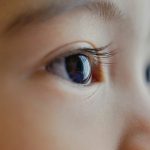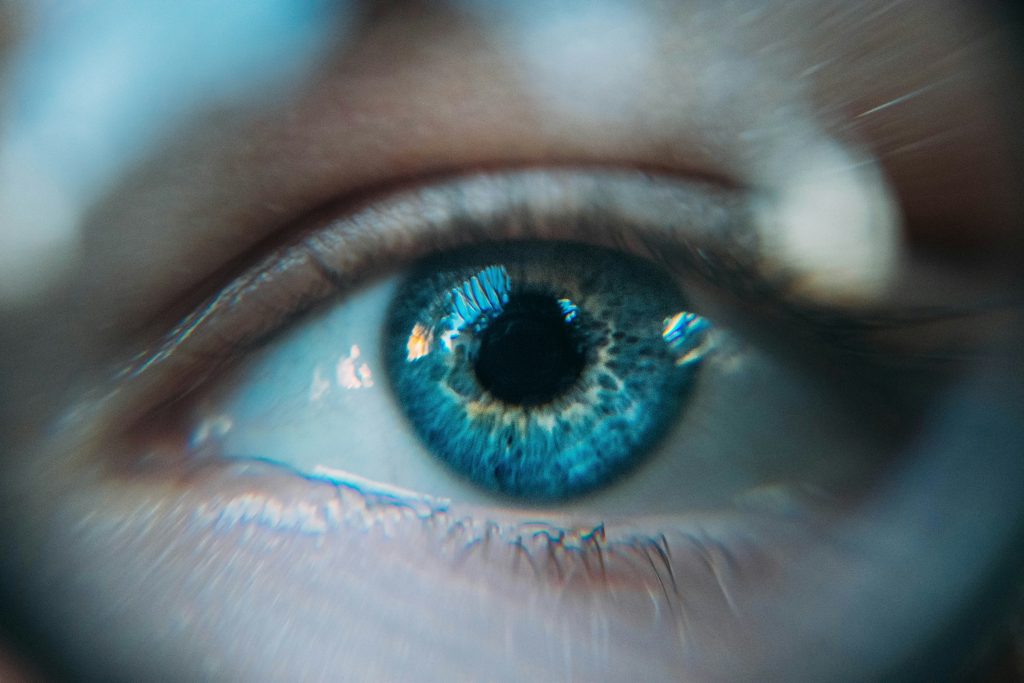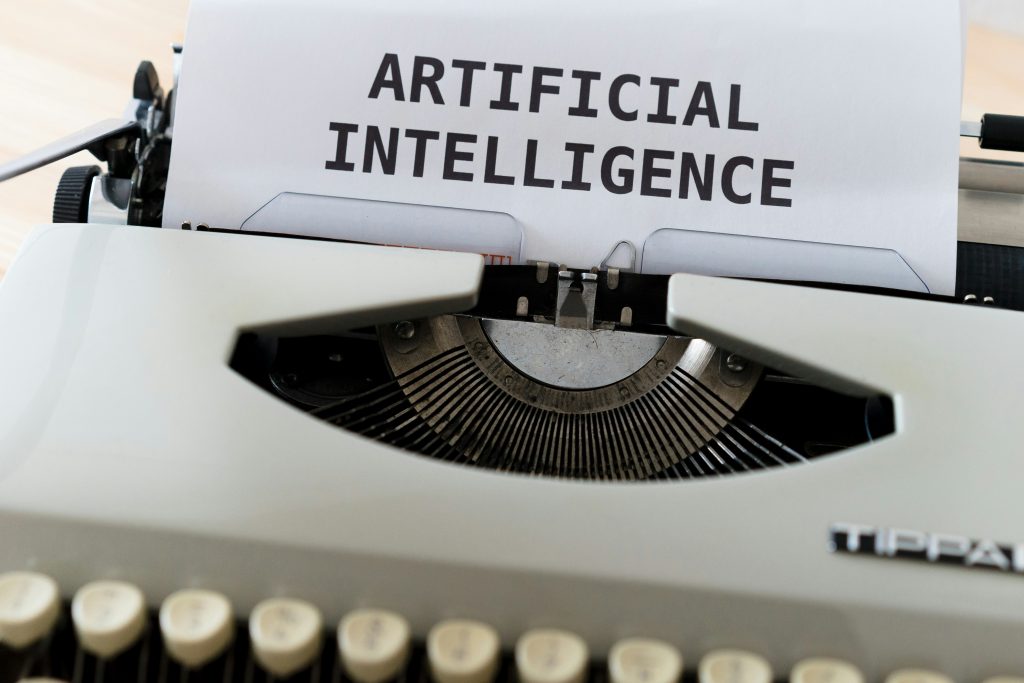
Rett Syndrome (RTT) is a uncommon genetic syndrome typically accompanied by neurodevelopmental issues (e.g., autism, mental incapacity). Almost typical growth occurs throughout the primary 6–18 months of life, adopted by lack of abilities like mobility, purposeful hand use, and oral speech and studying difficulties (Ward et al., 2021).
Kids with RTT are normally assessed by formal and casual duties:
- Formal assessments: Involving the usage of standardised instruments, the place members are normally requested to answer verbally and/or take part in motor duties. This type of evaluation can not all the time mirror members’ actual abilities as it could actually improve nervousness, stress and motor planning difficulties normally confronted by RTT people.
- Casual assessments: Contain easier duties similar to cake ornament and is taken into account ‘friendlier’ and extra useful permitting members to point out their abilities in a neater approach.
Nevertheless, neither of those evaluation strategies can absolutely mirror a person’s abilities by itself. Eye-tracking is an experimental methodology used to determine what precisely every individual is , by monitoring the motion of eye movement and gaze location throughout completely different duties (Carter & Luke, 2020; Kollias et al., 2021). As many kids with RTT are non-verbal and battle with purposeful hand use, eye-tracking may very well be a helpful addition to the strategies at the moment used to evaluate language and cognitive abilities in kids with RTT, adapting to their bodily and verbal profiles.
The present research by Ward and colleagues (2021) aimed to analyze this, by adapting eye-tracking expertise to see if its use may produce higher outcomes than formal and casual evaluation duties in kids with RTT.

Eye-tracking expertise is an experimental methodology used to determine what precisely every individual is , by monitoring the motion of eye movement and gaze location throughout completely different duties.
Strategies
Ten kids aged 4-6 years previous have been assessed on 3 formal and three casual duties of their dwelling.
Formal evaluation consisted of the Mullen Scales of Early Studying (MSEL):
- The Visible Reception (VR) and Receptive Language (RL) MSEL was tailored to permit eye gaze/eye pointing and physique actions in response to object and movie supplies (MSEL-A) and for eye-tracking on an eye fixed gaze-controlled pc (MSEL-ET). Kids may select both MSEL-A, or MSEL-ET, or a mix of each.
- The Expressive Language (EL) a part of the MSEL was not tailored.
Casual evaluation consisted of:
- Taking part in video games utilizing the attention gaze gadget by which Visible Reception (VR) and Expressive Language (EL) have been assessed.
- A ebook dialogue whereas eye actions have been being tracked. On this activity Visible Reception (VR), Receptive Language (RL) and Expressive Language (EL) have been assessed.
- An exercise by which kids have been giving instructions to their assessor to embellish a cake whereas getting access to an eye fixed gaze gadget. On this activity Visible Reception (VR), Receptive Language (RL) and Expressive Language (EL) have been assessed.
Outcomes
Participant traits
Most members had some vocalisations, often used their fingers in a practical approach or didn’t use them in any respect, and confirmed various kinds of mobility, with most having extreme mobility points. As well as, a lot of the members had their very own eye gaze gadget which they used of their on a regular basis life having spent completely different durations of time proudly owning them.
Visible reception
In Visible Reception evaluation, 7/10 members accomplished each formal and casual VR duties. Many of the members achieved higher ends in formal Visible Reception evaluation duties in comparison with casual Visible Reception evaluation ones. Notably, 5 members scored greater in casual VR evaluation duties whereas 2 people scored equally in each components.
Eye-tracking expertise was efficiently employed each in formal and casual evaluation duties. Relating to formal evaluation, a lot of the members who lastly accomplished it used each eye-tracking and eye-pointing entry strategies. Regarding casual evaluation, all of the members used an eye fixed gaze gadget in all VR evaluation duties.
Receptive language
In Visible Reception evaluation, 7/10 members accomplished each formal and casual RL duties. Findings for Receptive Language evaluation weren’t clear (i.e., it was not clear whether or not formal or casual evaluation contributed to higher outcomes since 2 people carried out higher on casual evaluation, 2 scored equally each throughout formal and casual evaluation and three achieved worse outcomes on casual evaluation duties).
Eye-tracking expertise was efficiently employed each in formal and casual evaluation duties. Regarding formal evaluation, a lot of the members who lastly accomplished it both used eye-tracking or eye pointing or each entry strategies, whereas there was 1 participant who used physique motion, as properly. Relating to casual evaluation, all of the members used an eye fixed gaze gadget in all VR evaluation duties.
Expressive language
Lastly, concerning Expressive Language evaluation, there was not an ample technique to assess and rating expressive language on formal evaluation since there was no provision for using the tailored MSEL variations (i.e., MSEL-A and MSEL-ET). Moreover, formal EL evaluation couldn’t embody communication by way of an eye fixed gaze gadget as augmentative and various communication (AAC) techniques similar to eye gaze gadgets couldn’t be integrated into both the usual or tailored MSEL. Quite the opposite, eye-tracking expertise was employed in casual EL evaluation. Apparently, all of the members attained higher ends in the casual EL evaluation by which eye-tracking expertise was employed fairly than within the formal one.

It’s nonetheless beneath dialogue whether or not formal or casual duties may play an vital position within the evaluation of language and cognition in kids with Rett Syndrome.
Conclusions
Utilizing each formal and casual evaluation strategies can contribute to extra correct evaluation of language and cognition in kids with RTT, as it could actually determine each particular person’s information and potential. On some events, casual assessments are extra informative than formal ones. Nevertheless, the findings of the current research present that this isn’t all the time the case, since formal evaluation duties introduced higher outcomes concerning Visible Reception, and it was not clear whether or not formal or casual Receptive Language evaluation duties may result in higher outcomes.
Eye-tracking expertise may in fact play an vital position in each formal and casual language and cognition evaluation course of, because the outcomes of this research confirmed, as a result of it isn’t solely an ACC system, but in addition a useful and dependable instrument. For instance, eye-tracking expertise performed a very vital position in EL casual evaluation the place higher outcomes have been attained in comparison with EL formal evaluation by which eye-tracking was not used. Thus, RTT people needs to be skilled by their educators/caretakers to make use of instruments and devices similar to eye-tracking expertise not solely of their on a regular basis life but in addition for having higher training and evaluation outcomes.

Eye-tracking expertise may improve each formal and casual language and cognition evaluation course of in addition to on a regular basis life for youngsters with Rett Syndrome.
Strengths and limitations
The present research is taken into account an extension of a earlier research (Clarkson et al., 2017) which used eye gaze and eye tracking-technology aiming at language and cognition evaluation in a small pattern of youngsters with RTT. Eye-tracking expertise was utilised not just for a proper evaluation, as was performed in earlier research, but in addition for an off-the-cuff one. The mixture of formal and casual language and cognition evaluation strategies resulted in a extra holistic image of the skills of youngsters with RTT. Notably, formal evaluation duties are normally organised in a stricter method which is typically important for evaluating some abilities which can’t be evaluated in one other approach. Nevertheless, the members want their individualised model when they’re examined and/or taught new abilities and casual evaluation duties may contribute to this as properly.
Nevertheless, the small pattern dimension in addition to the extent of problem of the evaluation duties may have an effect on the findings, since solely 7/10 members absolutely accomplished each the formal and casual VR and RL duties. This was due to boundaries similar to tiredness, unwillingness to take part, and lack of time. These difficulties present {that a} greater pattern may all the time end in findings of elevated statistical significance.
Furthermore, there have been variations by way of the experience of the members in utilizing eye gaze gadgets. Notably, some members had already acquired their very own eye gaze gadgets earlier than this research was carried out and there have been additionally variations within the size of time these members had been utilizing their gadgets which additionally performed an vital position in the way in which every participant may interact within the evaluation course of.
It also needs to be famous that the pattern consisted of a broad vary of MECP2 gene mutations (which end in RTT), and ranges of severity concerning RTT traits and associated options. These variations normally have an effect on communication similar to their spoken language, hand use and mobility talents along with different traits similar to seizures, and nervousness.

Future RTT language and cognition evaluation research ought to have bigger pattern sizes and try to regulate for confounders by way of participant traits.
Implications for follow
This research demonstrates how vital it’s to do interdisciplinary analysis, bringing collectively psychological analysis with technological approaches similar to Synthetic Intelligence, Robotics, and Web of Issues. These modifications in analysis approaches are each difficult and promising as they meet societal wants and give attention to on a regular basis issues requiring collaborative and integrative approaches which may very well be employed not just for evaluation and future analysis, but in addition as complementary instruments contributing to buying new abilities. That is vital, as RTT people seem to point out difficulties in social and cognitive abilities similar to facial expressions recognition (Djukic et al., 2014), sustained consideration (Rose et al., 2017) and many others.
Relating to eye-tracking expertise, it may very well be employed as a instrument enabling RTT kids and adults to speak and study in a neater approach in addition to for the detection of their emotions. Utilizing eye-tracking expertise as a way to enhance cognitive evaluation of youngsters has plenty of potential not only for kids with RTT however additionally for different people having restricted communication abilities. It’s essential now for analysis to discover the feasibility and acceptability of eye-tracking with completely different teams of members similar to autistic people of various functionalities taking part in a number of duties i.e., emotion recognition (Jiang et al., 2020), passive remark of pure scene pictures (Wang et al., 2015), and net shopping (Kollias et al., 2022). Eye-tracking is a expertise that might yield extra correct, goal, and dependable outcomes. Nevertheless, analysis using all these instruments remains to be beneath growth and it isn’t clear how dependable the method can be when utilized by non-researchers in real-world settings, similar to faculties and clinics. Particularly, though eye-tracking expertise is simple for use in on a regular basis life, skilled researchers are wanted when it’s employed for scientific functions by way of methodological points similar to the way in which it’s used, how the info gathered are saved, analysed, and interpreted. Future analysis is required to discover whether or not lecturers and clinicians may use eye-tracking to acquire dependable knowledge on kids’s abilities.

While eye-tracking expertise exhibits promise within the context of analysis, it’s onerous to find out how helpful and dependable it will be when utilized to real-world settings.
Assertion of pursuits
None.
Hyperlinks
Main paper
Ward, C., Chiat, S., & Townend, G. S. (2021). A comparability of formal and casual strategies for assessing language and cognition in kids with Rett syndrome. Analysis in Developmental Disabilities, 114, 103961.
Different references
Carter, B. T., & Luke, S. G. (2020). Finest practices in eye monitoring analysis. Worldwide Journal of Psychophysiology, 155, 49-62.
Clarkson, T., LeBlanc, J., DeGregorio, G., Vogel-Farley, V., Barnes, Okay., Kaufmann, W. E., & Nelson, C. A. (2017). Adapting the Mullen Scales of Early Studying for a standardized measure of growth in kids with Rett syndrome. Mental and Developmental Disabilities, 55(6), 419-431.
Djukic, A., Rose, S. A., Jankowski, J. J., & Feldman, J. F. (2014). Rett syndrome: recognition of facial features and its relation to scanning patterns. Pediatric Neurology, 51(5), 650-656.
Jiang, M., Francis, S. M., Tseng, A., Srishyla, D., DuBois, M., Beard, Okay., … & Jacob, S. (2020, July). Predicting core traits of ASD by facial emotion recognition and eye monitoring in youth. In 2020 forty second Annual Worldwide Convention of the IEEE Engineering in Medication & Biology Society (EMBC) (pp. 871-875). IEEE.
Kollias, Okay. F., Syriopoulou-Delli, C. Okay., Sarigiannidis, P., & Fragulis, G. F. (2022, June). Autism detection in Excessive-Functioning Adults with the applying of Eye-Monitoring expertise and Machine Studying. In 2022 eleventh Worldwide Convention on Fashionable Circuits and Programs Applied sciences (MOCAST) (pp. 1-4). IEEE.
Kollias, Okay. F., Syriopoulou-Delli, C. Okay., Sarigiannidis, P., & Fragulis, G. F. (2021). The contribution of machine studying and eye-tracking expertise in autism spectrum dysfunction analysis: A scientific evaluate. Electronics, 10(23), 2982.
Rose, S. A., Wass, S., Jankowski, J. J., Feldman, J. F., & Djukic, A. (2017). Sustained consideration within the face of distractors: A research of youngsters with Rett syndrome. Neuropsychology, 31(4), 403.
Wang, S., Jiang, M., Duchesne, X. M., Laugeson, E. A., Kennedy, D. P., Adolphs, R., & Zhao, Q. (2015). Atypical visible saliency in autism spectrum dysfunction quantified by model-based eye monitoring. Neuron, 88(3), 604-616.


